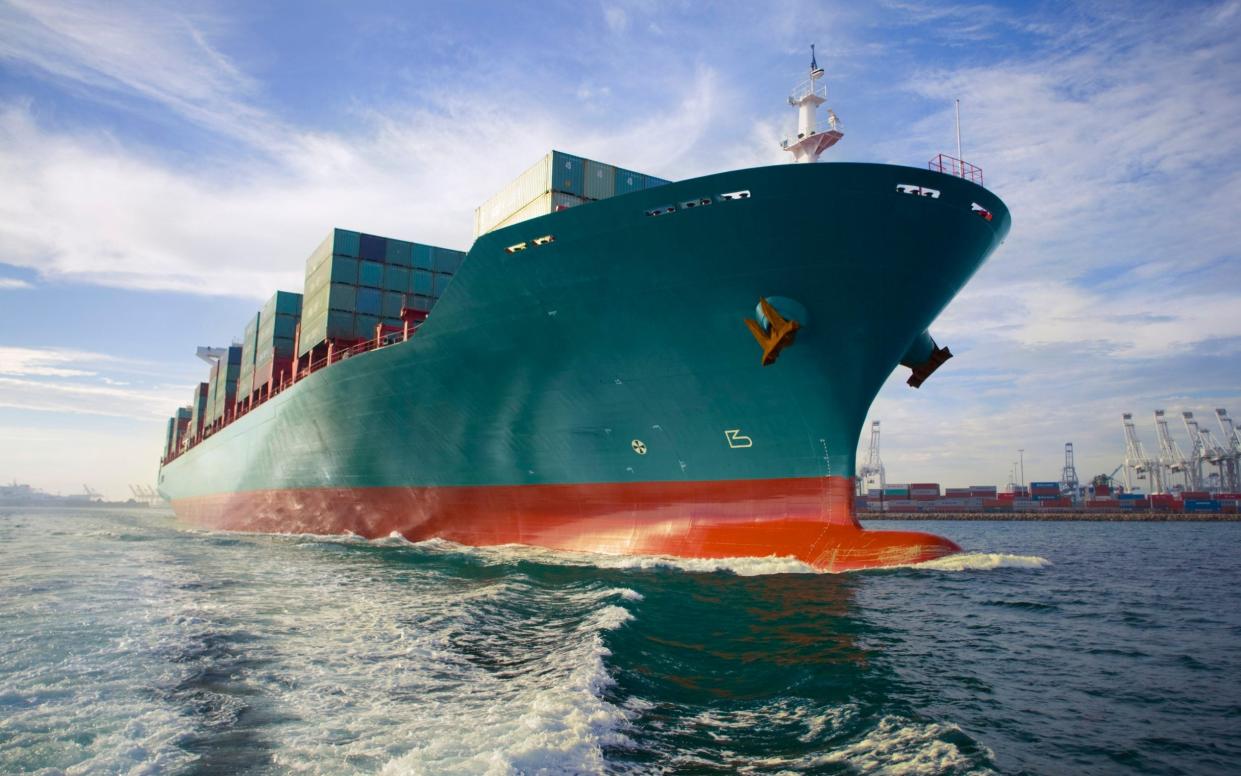Rules that cut air pollution from shipping may be adding to global warming

Measures to reduce air pollution from shipping may have inadvertently increased global warming, a new study has found.
Global regulations introduced in 2020 cut the sulphur content in shipping fuel by 80 per cent to reduce its impact on air pollution.
But shipping emissions also have a cooling effect on the planet, because sulphur dioxide reacts with water vapour in the atmosphere to produce clouds that are bigger and brighter, and reflect sunlight back to space.
As a result, cutting the sulphur dioxide emissions from shipping may contribute as much as 0.16C of warming to the atmosphere within a decade, researchers at the Nasa Goddard Space Flight Centre found.
The effect could partially account for the extreme warming seen in 2023, the authors said, when record temperatures in the air and ocean rose significantly faster than had been predicted.
Prof Hugh Hunt, the deputy director at the Centre for Climate Repair Cambridge, who was not involved in the study, said the hidden cooling effect of sulphur emissions was becoming clear.
“We’ve always had sulphur in our emissions,” he said. “Now that they are gone it’s like looking out of the window in the morning daylight after a storm and seeing the damage.”
Previous research on the topic from researchers at Carbon Brief has put the warming effect of the shipping regulations much lower, at about 0.05C by 2050, equivalent to about two years of emissions.
Before the regulations were introduced, shipping fuel contained 2,700 times more sulphur than road fuel, and was estimated to cause some 50,000 premature deaths a year.
Commenting on the study, several scientists who were not involved in the research said that while it showed that removing sulphur emissions had a warming effect, the scale of the impact was still unclear.
‘Only one contributing factor’
“Research into why recent temperatures have been so high is ongoing and the reduced sulphur content in ship fuel is only one contributing factor,” said Dr Joel Hirschi, from the National Oceanography Centre in Southampton.
Richard Allan, professor of climate science at Reading University, said: “The calculations are also fraught with difficulties in working out precisely how tiny particles affect cloud brightness and how long they last.
“However, the new findings do add still more urgency in massively and rapidly cutting greenhouse gas emissions that are the root cause of the ongoing warming of the climate and the intensification of hot, dry and wet weather extremes.”
The authors of the research suggested that mimicking the impact of sulphur emissions, in a technique known as marine cloud brightening, could be “a viable geo-engineering method in temporarily cooling the climate”.
Marine cloud brightening is a highly controversial method of cooling the planet by injecting clouds with sea-salt particles to boost their brightness.
But the researchers added that the study also showed the potential dramatic “termination shock” that could be caused if geo-engineering solutions were introduced and then rapidly removed, which could affect regional rain patterns.


